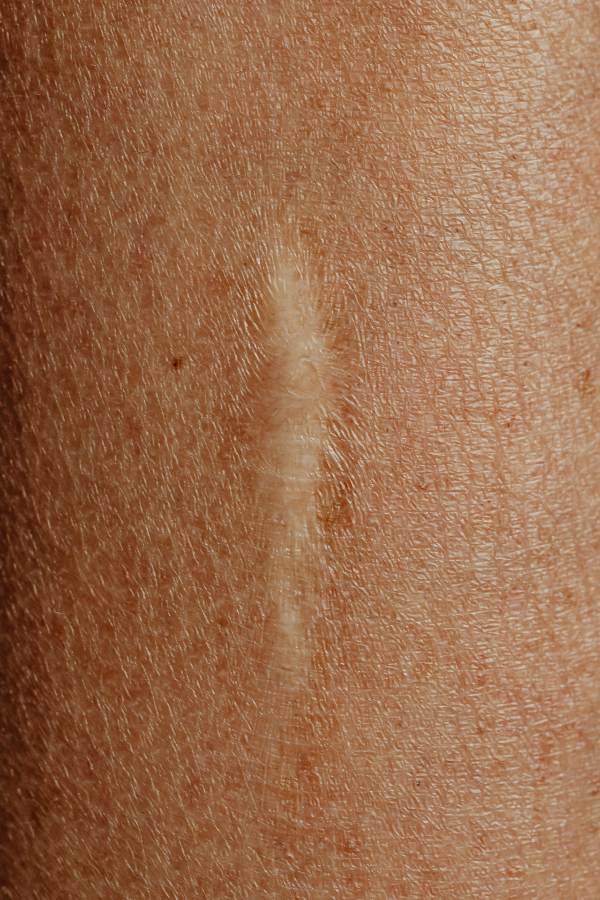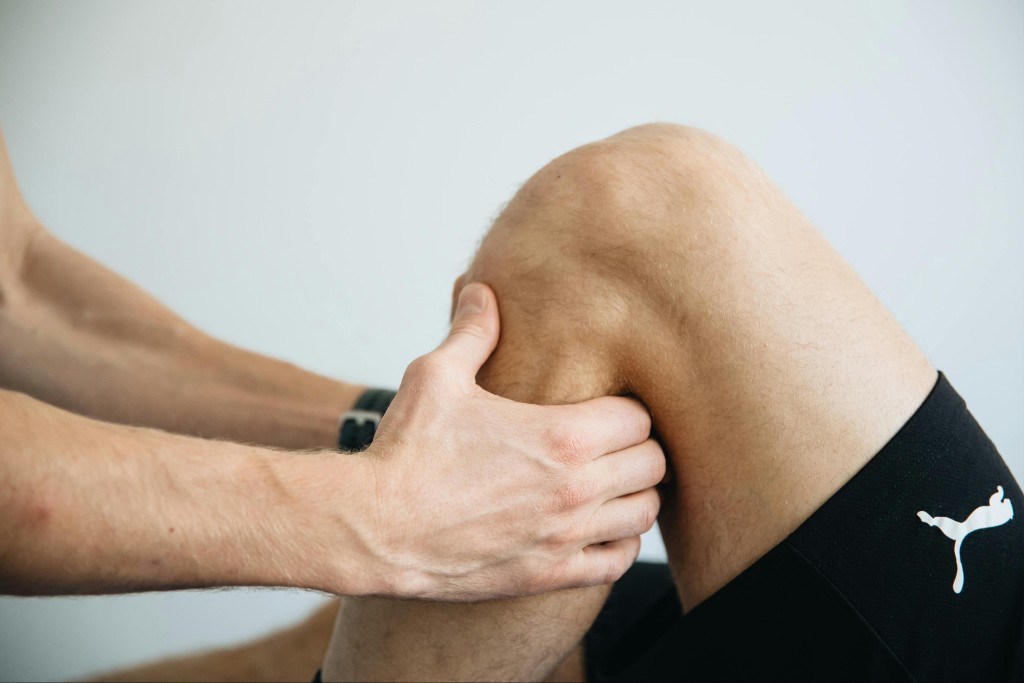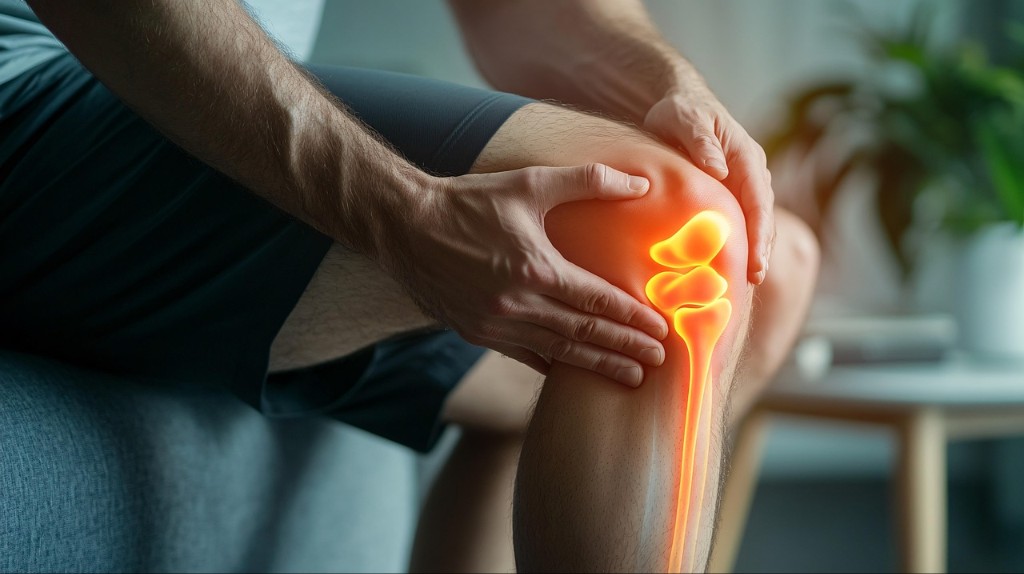Hamstring tendinopathy is a common concern for athletes and individuals engaged in rigorous physical activities. As this condition becomes more prevalent, many are looking for effective treatment modalities that don’t rely on surgery or long-term medication. Research on shockwave for hamstring tendinopathy in athletes points to the benefits of shockwave therapy, particularly shockwave therapy for hamstring tendinopathy and related conditions like gluteal tendinopathy.
In this blog post, we’ll investigate:
- Causes of Hamstring Tendinopathy
- Benefits of Shockwave Therapy for Hamstring Tendinopathy
- How Shockwave Therapy Works
- What is a Shockwave?
- How do Shockwaves Treat Hamstring Tendinopathy?
- Types of Shockwave Therapy
- Who is a Good Candidate for Shockwave Therapy?
- The Shockwave Therapy Procedure for Hamstring Tendinopathy
- Potential Side Effects of Shockwave Therapy for Hamstring Tendinopathy
- The Best Shockwave Therapy for Hamstring Tendinopathy
Causes of Hamstring Tendinopathy
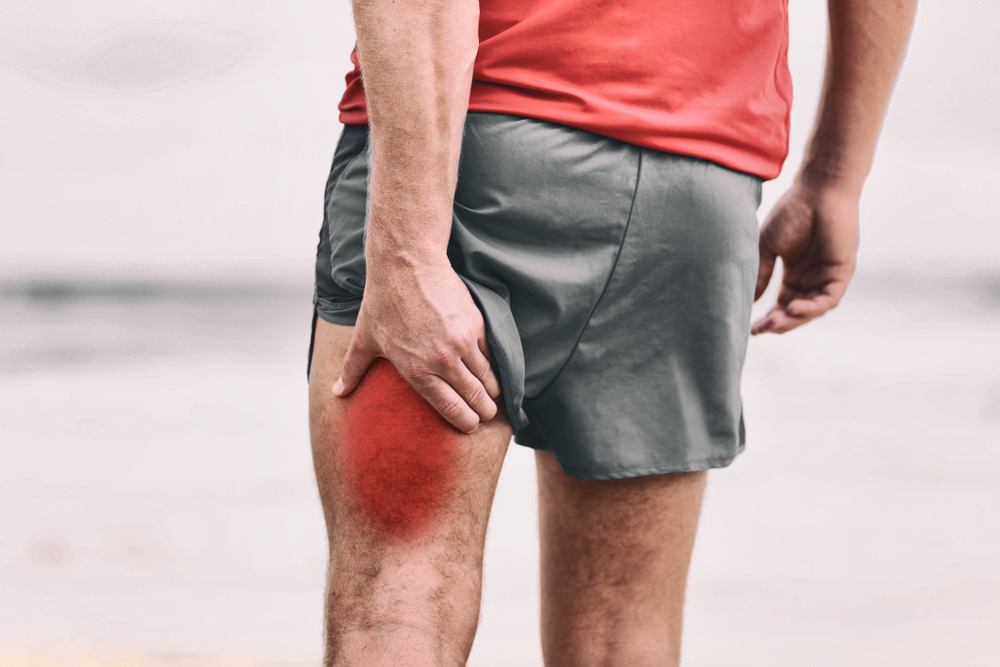
Hamstring tendinopathy is an overuse injury resulting from prolonged strain or excessive load on the hamstring tendon. The most common causes of this condition include:
- Overuse and repetitive strain: Frequent and intense activities like running or jumping can lead to microtears in the tendons, which over time results in tendinopathy.
- Sudden and forceful movements: Movements that place an abrupt strain on the hamstring can trigger this condition.
- Muscle imbalances: If one muscle group is stronger than another, it can put undue stress on the hamstrings.
- Previous injuries: A history of hamstring strains or injuries can predispose an individual to tendinopathy.
- Poor flexibility: Tight muscles can place additional strain on the tendons.
It’s important to note that these are just some of the most common causes of hamstring tendinopathy. If you are experiencing hamstring tendinopathy, you can learn if your condition is suitable for treatment and try shockwave therapy with our New Patient Special.
Considering Shockwave Therapy?
Try SoftWave Therapy for just $69. Non-invasive healing that reaches deeper.
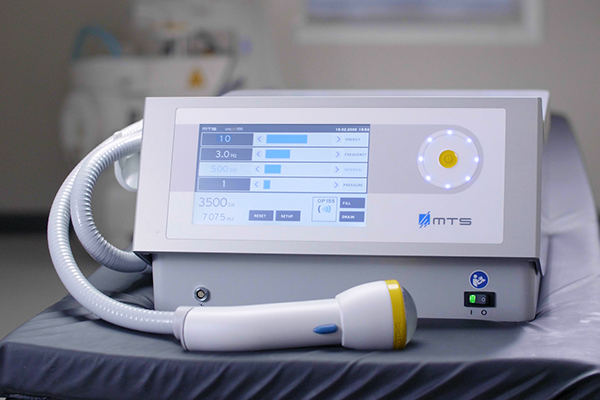
Benefits of Shockwave Therapy for Hamstring Tendinopathy
Shockwave therapy, especially when targeting conditions like gluteal and hamstring tendinopathy, offers an array of advantages that have been recognized by healthcare professionals and patients alike. The procedure’s efficacy stems from its ability to penetrate the body’s tissues and induce physiological responses beneficial for recovery.
Promotes Tissue Repair and Cell Growth
The essence of recovery from any tissue injury lies in the body’s ability to regenerate and repair. Shockwave therapy acts as a catalyst in this process. By directing focused shockwaves to the injury site, it instigates cellular activities, enhancing microcirculation and collagen production. Over time, this promotes healthier tissue growth, ensuring that the hamstring tendon heals optimally, ready to endure the strains of daily activities.
Reduced Dependency on Medications
Conventional treatments for hamstring tendinopathy often involve the use of medications that may carry undesirable side effects. Shockwave therapy presents a medication-free alternative that can diminish the reliance on pain-relieving drugs or other treatments. This aspect makes it especially appealing to those inclined towards non-pharmaceutical interventions.
Restores Mobility
Shockwave therapy, by healing the tendon from within, ensures that the range of motion is restored. The rejuvenated tendon becomes more resilient, allowing patients to gradually return to their regular activities, be it running, jumping, or even simple tasks like walking without experiencing pain or discomfort.
Non-Invasive and Safe
In the world of medical treatments, invasiveness often correlates with prolonged recovery and potential risks. Shockwave therapy for hamstring tendinopathy stands out due to its non-invasive nature, making it a preferable option for many. The absence of incisions means no scars or post-procedural infections.
Overall, shockwave therapy is a promising treatment option for those suffering from hamstring tendinopathy.
How Shockwave Therapy Works
Shockwave therapy has proven its efficacy as a non-invasive treatment option for various musculoskeletal disorders. Particularly for issues like hamstring tendinopathy and its close counterpart, gluteal tendinopathy, this therapy uses high-energy acoustic waves to jumpstart the body’s natural healing processes. Let’s dive into its mechanism:
What is a Shockwave?
Shock waves are akin to sound waves, but they carry much more energy. They consist of a rapid increase in pressure or a high-pressure surge, which is quickly followed by a negative pressure. We encounter these shock waves during thunderstorms, explosions, or even when supersonic jets pass overhead. It’s this intense energy that can be harnessed for medical purposes.
How do Shockwaves Treat Hamstring Tendinopathy?
Hamstring tendinopathy, especially high hamstring tendinopathy and proximal hamstring tendinopathy, results from wear and tear, overuse, or direct injury to the tendons. Using a specialized device, shockwaves are targeted to the affected hamstring area. These shockwaves not only boost blood flow but also stimulate cellular repair processes and collagen production. As a result, they help in reducing inflammation, alleviating pain, and rejuvenating the tendon’s health.
Types of Shockwave Therapy
There are multiple forms of shockwave therapy available, each tailored to specific therapeutic needs. The most prevalent ones include radial shockwave therapy (RSWT), focused shockwave therapy (FSWT), acoustic wave therapy (AWT), and broad-focused shockwave therapy.
Radial Shockwave Therapy (RSWT): Employing a hand-held apparatus, RSWT emits pressure waves onto the skin’s surface. Although it is frequently used for afflictions like plantar fasciitis, Achilles tendinopathy, and tennis elbow, its depth of penetration might be insufficient for profound injuries like hamstring tendinopathy. As a result, several sessions might be warranted.
Focused Shockwave Therapy (FSWT): With this modality, a device discharges high-intensity shockwaves pinpointedly to the compromised area. This method finds extensive application in chronic ailments such as deep hamstring injuries or stubborn fractures. Nevertheless, some individuals might find the process somewhat uneasy, and customization in intensity might be necessary according to individual tolerance.
Acoustic Wave Therapy (AWT): This technique uses a device to administer low-intensity shockwaves, aiming to enhance blood circulation, diminish pain and swelling, and boost tissue recuperation. Despite its versatility, which includes treating conditions like erectile dysfunction, its gentler shockwaves might not be potent enough for certain intense conditions.
broad-focused Shockwave Therapy: broad-focused Shockwave Therapy emits low-intensity shockwaves that cover a broader and wider tissue region (7cm x 12cm) in contrast to focused shockwaves (1cm x 12cm) or radial waves (2cm x 2cm). In the US, SoftWave for hamstring pain stands out as the only broad-focused shockwave treatment option. While it addresses the same ailments as its focused counterpart, it offers enhanced alleviation for extensive joint and muscular problems, including those in the shoulder, neck, and back. Additionally, treatments with broad-focused shockwaves often demand fewer sessions compared to their radial or focused alternatives.
Who is a Good Candidate for Shockwave Therapy?

Shockwave therapy isn’t a one-size-fits-all remedy. It’s paramount to understand its suitability based on individual conditions:
- Athletes with Overuse Injuries: Those involved in rigorous sports or activities that strain the hamstring, leading to conditions like high hamstring tendinopathy, may benefit immensely.
- Patients with Chronic Tendinopathy: Individuals facing persistent pain and discomfort, particularly in cases where other therapies like physiotherapy or medications haven’t yielded desired results.
- Preference for Non-Invasive Treatments: Many patients opt against surgical procedures or interventions that involve extended downtime. For them, shockwave therapy, being non-invasive, emerges as an attractive option.
In essence, those afflicted with persistent hamstring discomfort or related conditions and are seeking a non-surgical, evidence-backed treatment should consult their healthcare provider about shockwave therapy’s potential benefits.
Considering Shockwave Therapy?
Try SoftWave Therapy for just $69. Non-invasive healing that reaches deeper.

The Shockwave Therapy Procedure for Hamstring Tendinopathy
For those considering shockwave therapy for hamstring tendinopathy, understanding the procedure can alleviate apprehensions and set expectations. Here’s what typically occurs during a session:
- Preparation: Initially, a clinician applies an ultrasound gel to the affected hamstring region. This ensures effective conduction of the shockwaves. Subsequently, the shockwave device is positioned on the skin over the problematic area.
- During the Procedure: Patients typically experience a tapping or pulsing sensation as the shockwaves target the tendon. It’s not uncommon for some individuals to feel a mild level of pain or discomfort, but this procedure usually doesn’t warrant the use of anesthesia or numbing agents. Open communication between the patient and therapist is key, helping to pinpoint the most painful areas and monitor the therapy’s efficacy.
- After the Procedure: Sessions typically last between 10-15 minutes. Post-treatment, most patients can swiftly return to their daily routines. Nevertheless, clinicians often suggest a brief hiatus from high-impact activities or strenuous exercise for a day or two, ensuring optimal healing.
Potential Side Effects of Shockwave Therapy for Hamstring Tendinopathy
Shockwave therapy is considered a safe treatment option, but some minor side effects can occur. When using shockwave therapy to treat hamstring tendon injuries, patients may experience:
- Mild pain or discomfort during or after the treatment session
- Minor swelling or bruising where the shockwaves are directed
- Temporary redness or irritation of the skin
- Numbness or tingling sensations that resolve quickly
- These side effects are generally mild and temporary. Most patients are able to resume their normal activities soon after treatment.
SoftWave therapy is an FDA-cleared option that rarely causes significant bruising or swelling. If any mild redness or tenderness develops, it usually goes away within one to two days.
Overall, shockwave therapy side effects tend to be minimal. While some minor effects can occur, they do not last long. Most patients find the treatment comfortable and can continue their regular activities with little to no downtime.
The Best Shockwave Therapy for Hamstring Tendinopathy
Are you looking for safe, reliable, and effective relief from hamstring tendinopathy?
SoftWave therapy is FDA-cleared, patented, and nationally recognized for its leading tissue regeneration technology. Unlike other types of high-energy shockwave treatments, SoftWave is the only shockwave therapy on the market that uses true broad-focused shock waves that treat larger and deeper areas of tissue.
Thousands of patients have experienced the benefits of SoftWave for hamstring tendinopathy, including:
- Little to no side effects
- Short treatment time
- Quick recovery
- Long-lasting results
Find a SoftWave Therapy provider near you or learn more about SoftWave and whether or not you’re eligible for full treatment today!
New Patient Special
Try SoftWave for just $69 at a clinic near you and learn if you’re a candidate for full treatment


